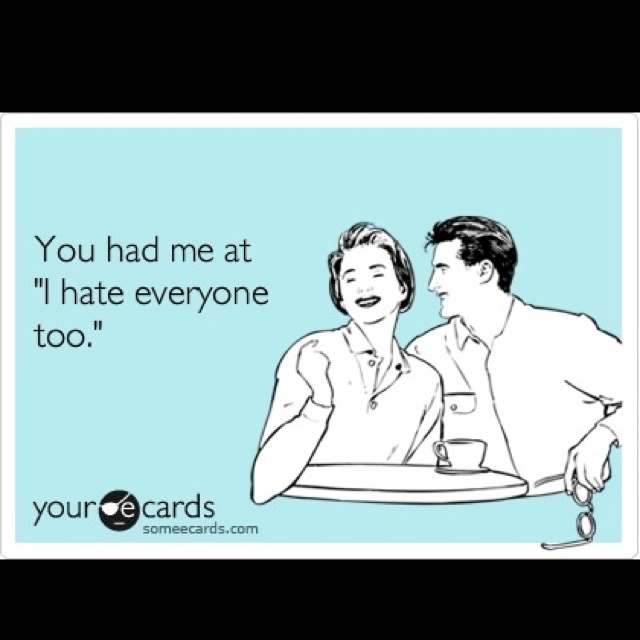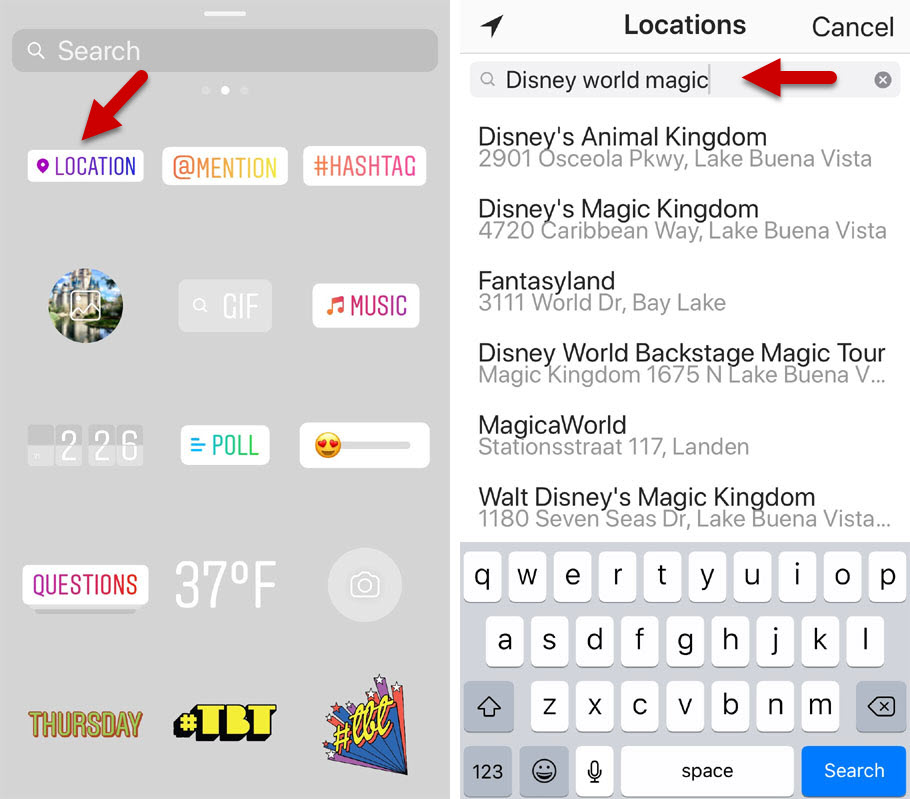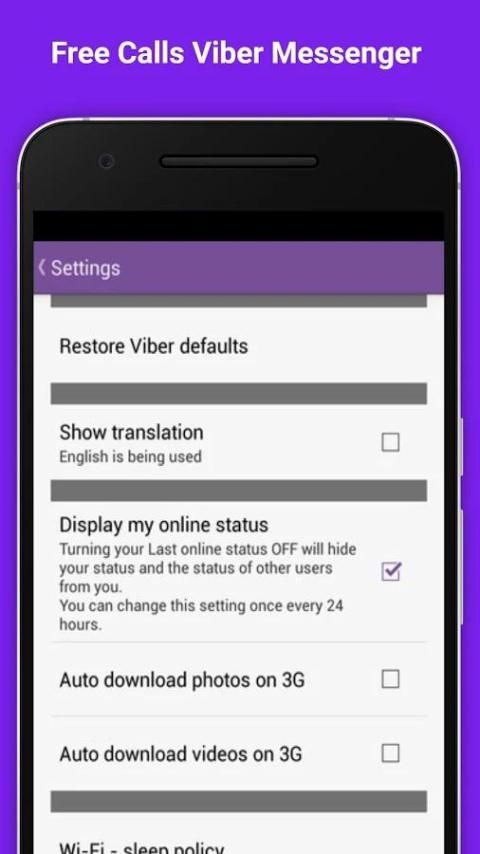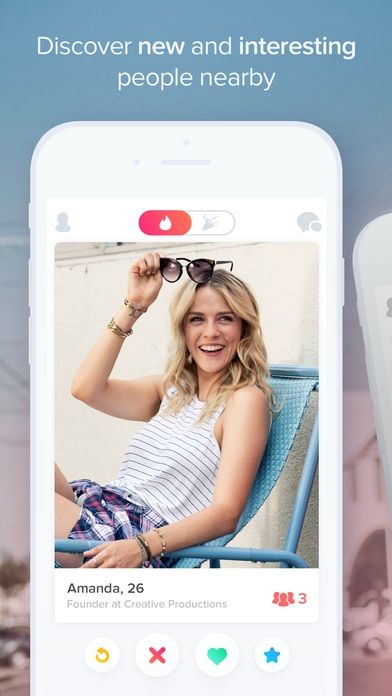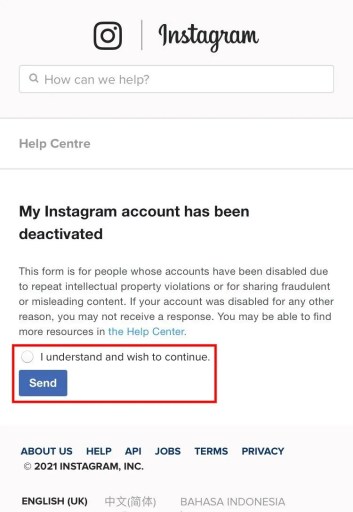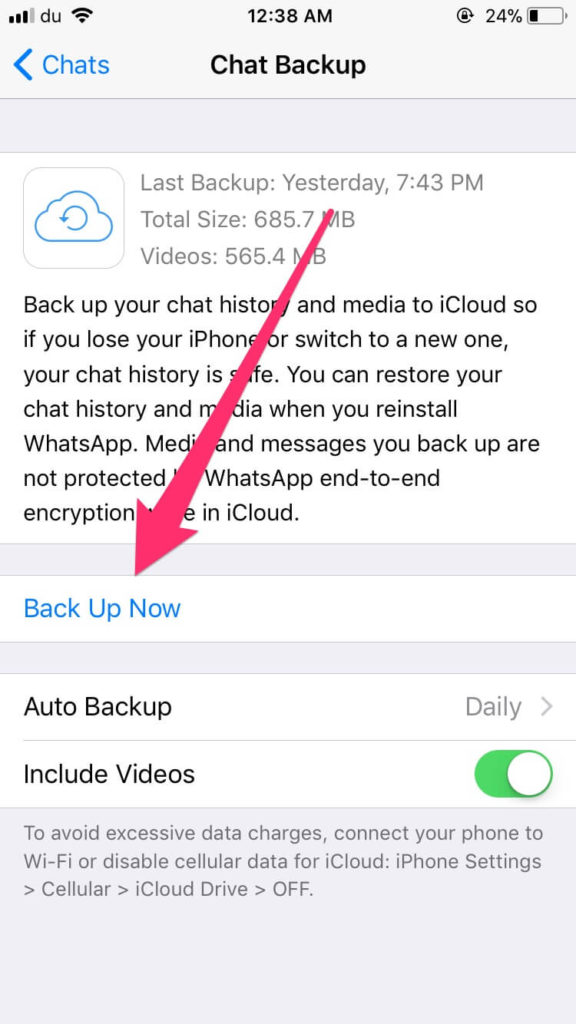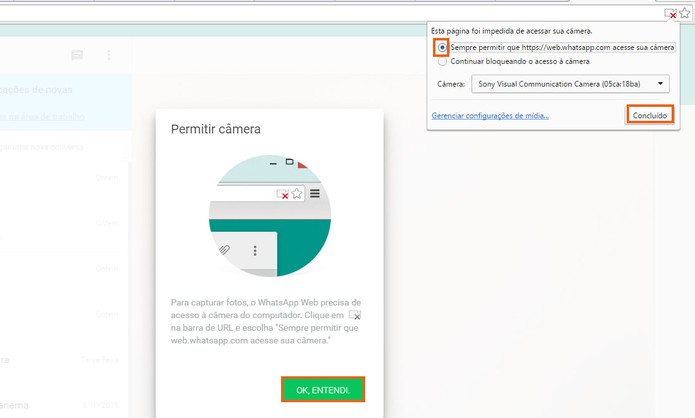How to tell if someone has fake likes on instagram
Five ways to spot fake engagement on Instagram — Digital Drum
Late last year, Unilever’s Chief Marketing Officer, Keith Weed, blasted the influencer marketing industry for its lack of transparency and abundance of fake followers and engagement.
The marketing world has now begun to assess whether or not their own social media influencers are as honest about their audience as they initially thought they were.
No doubt fake followers and engagement is one of the hottest topics in influencer marketing right now, but where are all the good resources on how to spot any misconduct?
Sure, there are influencer marketing platforms that claim to be able to tell you the authenticity of someone’s following, but how accurate do you think that is? With Facebook continuing to restrict its API access for third-party sites, many of these platforms are not actually able to get accurate data. Many of them rely on pulling data from an influencer’s Twitter channel instead — which is a totally different platform!
When you boil it down, you are your most trusted source for the truth. Learn how to spot fake followers and engagement yourself and you won’t need to rely on third-party sites when you have no idea where they’re pulling data from, or how accurate their reports are.
I’ve analysed literally thousands of accounts, so I’ve become an expert at knowing how to spot fake followers and engagement. In this article, I’ll teach you how to detect it yourself.
#1 - There’s consistent engagementSo am I telling you an influencer getting consistent engagement can be a bad thing?
Yes, I am.
Start by opening up an influencer’s page on your desktop. Hover your mouse over the first 15 to 20 posts and get a feel for what their ‘Likes’ and comments average out at.
Now here’s the test — how much does the engagement vary? Does the variance make sense? As in, do the photos or videos that look like they would engage more, actually engage more?
Full-body photos, high resolution, bright selfies, photos with dogs or babies… all these earn more likes and comments on social media. Images of only products, promotional posts, or low quality, dark photos all attract less engagement on social media. It’s a fact. Besides, Instagram’s algorithm favours high quality, bright images, and thus pushes them up the timeline — earning even more engagement.
Images of only products, promotional posts, or low quality, dark photos all attract less engagement on social media. It’s a fact. Besides, Instagram’s algorithm favours high quality, bright images, and thus pushes them up the timeline — earning even more engagement.
When an influencer’s engagement (‘likes’ especially) doesn’t vary much, they could be paying for likes and splitting them amongst their posts. If you see that the majority of their posts are average between let’s say, 2,500 and 3,200 likes, with really nothing outside of the average range, they’re paying for likes on their posts.
Engagement should vary based on how engaging a post is. Yes, that seems like common sense and it is, but you should be comparing engagement on high quality posts with engagement on low quality posts, and you should be seeing a major difference.
This is a good start to your analysis on fake followers and engagement, but smart influencers will purchase more likes for posts they know would engage more. Let’s move on…
Let’s move on…
This is a big one, especially in the fashion industry. One of the reasons my agency tries to stay away from working with fashion brands, is because of the type of influencers available to work with in this niche.
It’s nothing personal, but the fashion influencers are notorious for Instagram podding.
What’s ‘Instagram podding,’ you ask? It’s when a group of up to 32 influencers take part in a single Direct Message (DM) group on Instagram. When one of them posts, they send it to the group via DM, and then everyone in the group will like and comment on the post. Often these influencers are in several different Instagram ‘pods’, quickly earning dozens of comments on their posts.
To make matters worse, because these comments are not coming from bots, they’re able to write buying-related comments —-on the posts like “OMG need this!”, “where did you get this?” or “thanks, just put in my order!”
Another brand then comes along and checks out the influencer’s page to see what sort of engagement they get on their sponsored posts. They click one and see that there are a ton of people engaging about the product, some even saying they’ve purchased it — great, that’s awesome! … Except, not so fast.
They click one and see that there are a ton of people engaging about the product, some even saying they’ve purchased it — great, that’s awesome! … Except, not so fast.
What you should do in this situation, is open up the accounts who are writing buying comments and see if they’re also influencers. Unfortunately, chances are they are.
The sad reality is that sponsored posts often earn less engagement, but they don’t have to. It takes an expert to create sponsored post content that actually earns above average engagement.
Avoid working with influencers who are heavy into Instagram podding. It’s a genuinely easy one to spot, so make sure you investigate this before contacting any influencer you wish to represent your brand.
#3 - You spot lots of ‘spammy’ commentsOn the back of the previous section, we’re now going to look for those generic comments that are actually bots.
Yes, bots are smart enough to ‘comment’ on an influencer’s post. They’re sometimes set up to comment on things that actually have something to do with what’s going on in the image.
They’re sometimes set up to comment on things that actually have something to do with what’s going on in the image.
For example, if an influencer is wearing sunglasses in their post, you may see comments like “nice sunnies!”, “OMG your sunglasses ❤” or “where did you get your sunglasses?”
To the unsuspecting viewer, this may seem like buying engagement. Again, click on these accounts and assess whether or not they look like real people.
Surprise! Some bot accounts actually look like real people - although they’re often just accounts with random photos that were added all within a short period of time.
For example, an account @anakte1024 might have 18 posts, all photos pulled from National Geographic. This is a fake account.
More commonly, these fake comments will look like spam. They’ll be generic comments like “Love this”, “Beautiful!”, “Love this look”, etc.
Real, quality engagement is much more conversational.
Before contacting an influencer to represent your brand, make sure you do your due diligence. Check out their latest 10 posts and ensure that the engagement they are getting is from real people.
Check out their latest 10 posts and ensure that the engagement they are getting is from real people.
Wait. First I’m saying that consistent engagement can be a sign of fake followers and engagement, now I’m telling you that inconsistent engagement levels can also be a sign of fake followers? Yes, in fact I am.
This is why experience trumps any form of analytical software. Know what you’re looking for, depend on yourself, and trust your gut instincts.
There should be outliers (remember, the product only posts, flat lays, etc), but influencers should have a consistent ratio of likes vs. comments for the most part. Shoot for average, or above average engagement rates. You can use an engagement rate calculator like the one MightyScout offers for free.
Buying bot comments costs more than buying bot likes. Some influencers will choose to save their money by not buying comments.
In this case, you’ll see an influencer with a healthy level of likes, but relatively no comments. So, if an influencer has 50,000 followers, they should be getting 1,500–3,000 likes and 20–40 comments. This isn’t gospel, but it’s a good rule of thumb.
When an influencer is getting thousands of likes, but nobody is commenting — this is a red flag for a few reasons. Either their content isn’t very engaging (which is bad for your brand), or they’re buying likes - but not comments.
Avoid these influencers. You want to only work with those that have real and healthy engagement from people who are interested in the content that influencer shares.
The other thing you should be looking for is video views. It’s difficult for bots to get counted within video views on a post, so check out the number of views an influencer’s video gets. If the influencer with 50,000 followers only gets a few hundred video views, they either have an uninterested audience, fake followers, or both. An influencer of this level should be getting at least a few thousands views and should vary from one video to another.
An influencer of this level should be getting at least a few thousands views and should vary from one video to another.
Here’s one of the easiest methods to spot bought followers. Search an influencer’s handle on Socialblade, which is a tool that lets you see an influencer’s growth rate for followers, following and number of posts.
It puts all the information in chart form, so you’re able to see how much an influencer has grown over time. If an influencer buys followers, they’ll more often than not have it all delivered in a day or two. You may see they’re slowing growing by a dozen or more followers a day, and then all of a sudden, they jump 5,000 in a single day.
If you see this, you don’t want to assume automatically that they were bought followers. Start by Googling the influencer’s name to see if they were in the media for anything that would have caused them to grow rapidly. We’ve seen it before where an influencer had stagnant growth, then suddenly grew by thousands and it was because of going viral for something.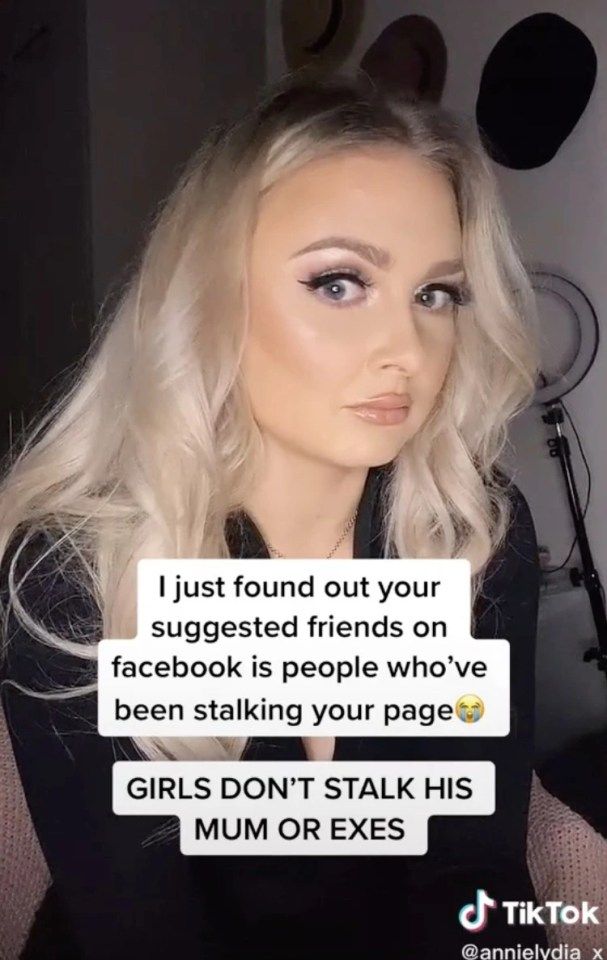 This does happen, albeit quite infrequently.
This does happen, albeit quite infrequently.
Let’s say you find nothing in the media, do you now assume that they have bought followers? No.
Influencers will sometimes get shoutouts from other pages with large audiences, which is fine. Start by looking down their own Instagram feed and find the days leading up to when they experienced the sudden spike. Are there any posts that stand out as a reason for the growth? Or is the engagement steady during that period of time? If it is, chances are they did in fact buy followers.
The last check we recommend is looking at an influencer’s tagged posts by tapping the icon on the far right of their feed, were they tagged in a post from a big page?
When an influencer genuinely does have a surge of new followers, it’ll happen over the course of a few days — not one single day. So check Socialblade again, and see if it was one single 24 hour period, or continued growth before tapering down.
So if they weren’t in the media and didn’t get tagged in a post from a significant ‘shout-out’ page on that date, they’re likely guilty. In this case, avoid the influencer like the plague.
In this case, avoid the influencer like the plague.
Whilst no single one of these tactics can be a true tell-tale sign of fake engagement, in combination, they’ll give you a really good indication of what’s going on. You should perform all of these tests when deciding whether or not to contact an influencer to work with your brand.
Unfortunately, fake followers and engagement are far more prevalent than marketers realise. Although, we anticipate social media channels like Facebook and Instagram will get better at minimising this, and may even put more of their own measures in place to prevent it from happening.
Don’t let a few bad apples stop you from using influencer marketing to promote your brand. Influencer marketing is by far the most cost-effective, impactful online marketing method out there. According to an article by Inc., influencer marketing delivers 11 x higher ROI than all other forms of digital media.
Combine that with the fact the industry grew to $1. 2 billion in 2017, and then to an anticipated $1.8 billion in 2018 - with a growth of 550% expected by 2021.
2 billion in 2017, and then to an anticipated $1.8 billion in 2018 - with a growth of 550% expected by 2021.
There’s never a better time to get into the space if you’re not already. Marketers who are already using influencers are increasing budgets and appointing more resources to this form of marketing.
=====
How to Check for Fake Followers and Likes on Instagram
Even though technology allows us to do our own research on people or Influencers before partnering with them, there are still many documented cases of brands choosing to partner with accounts that have fake influencers and losing significant ROI.
Why You Should Check for Fake Followers and Likes on Instagram
Influencer marketing is a lucrative opportunity, but any marketing professional needs to audit their potential talent, and their audience, before moving forward. To help you make a smarter investment on influencer marketing, here are a few key ways for making sure your influencers’ followers and likes aren’t fake on Instagram.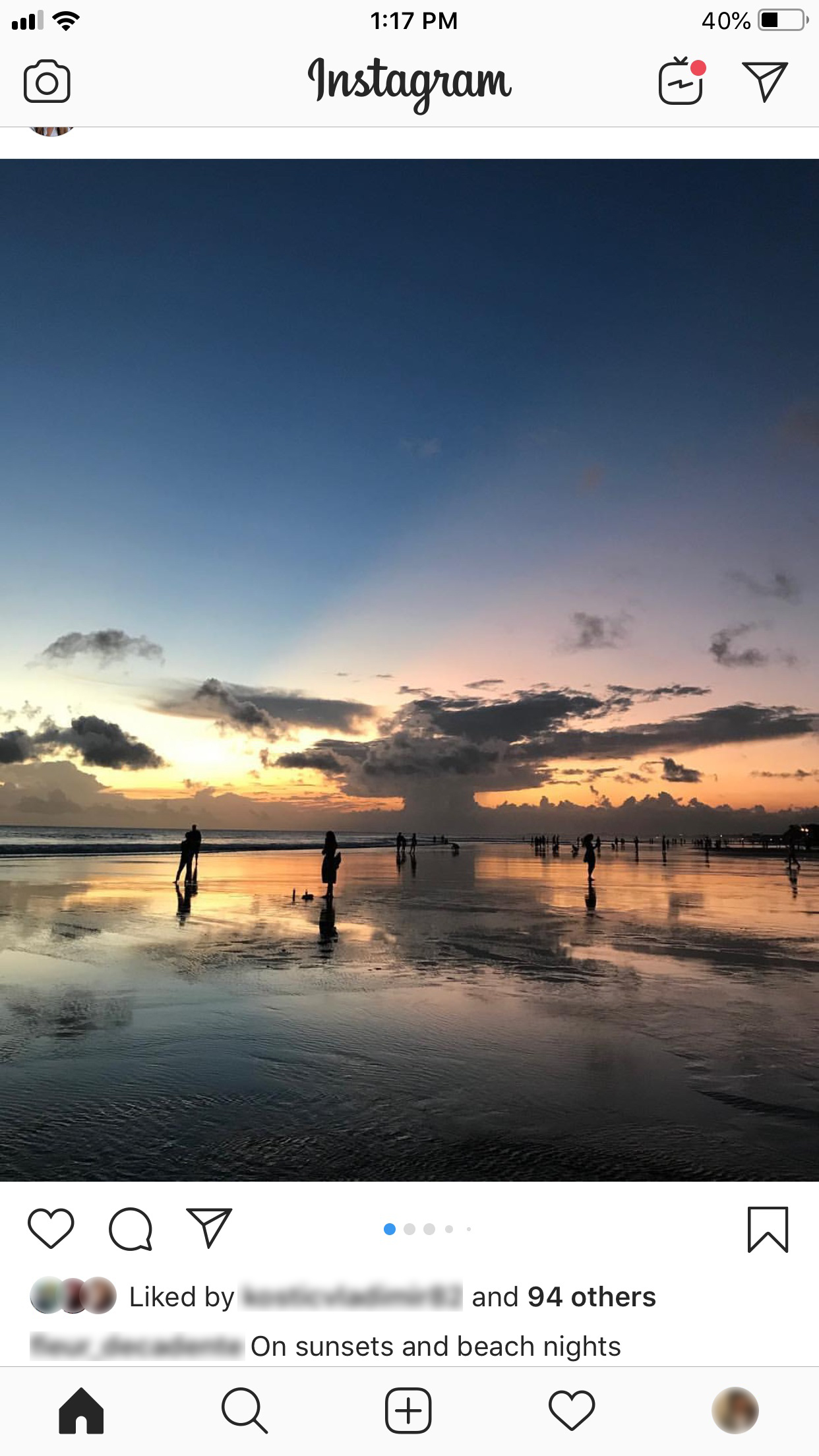
Before we look into the specifics, it’s worth noting that there are a few things that even mega-influencers and celebrities suffer from.
Buying and selling fake influencers and likes is unfortunately a common practice, and this means that some fake pages may inevitably follow other influencers’ accounts. A few fake accounts isn’t necessarily a red flag, but we’ll get into more of the specifics of how to measure your influencers’ ROI below.
Step 1: Perform a Simple Instagram Audit
To get started, first start by seeing if your influencer has additional social media presence: TikTok, Twitter, YouTube, etc. If the content on these platforms appears similar to what you’re noticing on Instagram, chances are you’re in the clear. Check their website/blog as well, to make sure that the Instagram that you are working with is the one they are promoting on their website.
Second, dive into the comments on the influencer’s posts. If you’re seeing a lot of spam messages, duplicative comments, comments in other languages, or simple emoji comments, chances are you’re up against an influencer who has paid for followers and/or engagements. Additionally, take a quick peek at the profiles of some of their commentators; if these appear to be iffy accounts, this is another red flag.
If you’re seeing a lot of spam messages, duplicative comments, comments in other languages, or simple emoji comments, chances are you’re up against an influencer who has paid for followers and/or engagements. Additionally, take a quick peek at the profiles of some of their commentators; if these appear to be iffy accounts, this is another red flag.
A typical influencer with a real audience and a high engagement rate will always have comments which add conversation to the original post, or may possibly include comments from Instagram-verified or authentic accounts.
Third, look into the followers as well. Are you seeing accounts with empty profile photos? Then, there may be something fishy going on. Additionally, if a large majority of their followers are from other countries, especially those that don’t speak the same language as your Influencer, this is certainly something that should cause you to pause and investigate further.
It’s not a hard-and-fast rule, as every social platform is prone to spam accounts, the last thing you want is barren or copied profiles (think: non-purchasing) engaging with your influencer’s content.
Step 2: Analyze Instagram Metrics
Instagram story metrics aren’t public-facing, so an influencer with fake followers will likely have low story views relative to what is displayed on their profile. In these instances, it’s always best practice to ask for a few screenshots of their most recent stories. These numbers are much more difficult to fabricate, and you will have facts and figures to work with in order to calculate the engagement rate on their feed versus their stories. If an influencer won’t provide you with this information, it’s likely a red flag.
Additionally, look at their rate of posting. If they have a dedicated audience, it’s likely that they will have a dedicated posting schedule. All influencers have different rates of posting, but they are always active, and seldom take months at a time away from social media. If you find an influencer who has posted six months’ worth of content in two months, and then no activity for four months, you’re likely looking at a fake influencer account.
As you’re browsing through their posts, take a look at their engagement metrics. More specifically, look at their sponsored posts or ads. Most influencers have an intimate understanding of their audiences, and won’t spam them with unnecessary content or products that don’t mesh with their brand. Influencers are very community-oriented, and if the influencer you’ve identified has done many posts which showcase that they simply don’t care about their community, you might be working with someone who has fake followers.
Step 3: Use Instagram Review Tools
There are many free Instagram follower and like audit tools in order to help you understand your influencers’ followers base. There are automated tools which can perform audits for you, and tools which provide you with information in order to conduct your own analysis.
For example, Upfluence is a platform made for managing influencer-marketing. As such, you can find creators, speak with influencers, and manage affiliate networks all within the platform. They offer free tools for analyzing your influencers’ performance as well.
They offer free tools for analyzing your influencers’ performance as well.
Many of these tools use technology to flag data that seems off, but they still require a human touch to dig into the Influencer, their channel and audience. Let’s take a look at some of the tools below.
It’s worth saying that if you’re an influencer and you’re reading this, you shouldn’t buy followers! These accounts are generally fake, bots, or uninterested people and don’t provide ultimate value to brands. By purchasing accounts, you get nothing other than a vanity metric in return. Most of these accounts can’t buy products, or won’t help you with your clients’ conversions. Moreover, these accounts eventually unfollow or are removed from Instagram over time.
Instagram influencers and bloggers can elevate your brand, but only if they have an authentic and real following. While some influencers inflate their followers and engagement rate with fake followers and bots, there are many other influencers out there who can help you communicate your brand.

While there is no silver bullet to uncovering fake followers, these tips will help you understand if there is something odd happening, and flag to your team to do more investigation. Get the most out of your influencer marketing by following our tips to help you weed out fake influencers, and see better ROI on your marketing investments now.
Checking Instagram for cheating so as not to drain the budget for bots
If you are going to buy advertising from a blogger, you should not trust only the statistics that he will show. The author can be dishonest and tweak his performance, so it is important to check him for cheating.
What kind of cheating is and why is it needed
Cheating is an artificial increase in page performance. On Instagram*, the price of posting depends on the statistics of the blog: the larger and more active the audience, the higher the price. Therefore, unscrupulous authors increase the number of likes, comments, reach and subscribers in order to sell ads more expensively.
Because of this, instead of real people who could become buyers or future subscribers, most of the ads are "viewed" by bots. The advertiser does not get the promised results, advertising does not work well, the budget goes nowhere.
In order not to get into this situation, you need to check the statistics of the blog. There are simple and cheap ways to cheat, which can be seen when you carefully view your account, but there are more complex and tricky ones, which will require special services to find.
In this article, we will analyze simple and complex methods of cheating, and also show you how to analyze a page in order to find a would-be blogger. Let's start with simple and free ways, and then move on to more complex ones.
Look at the likes and comments of subscribers
The easiest way to identify unscrupulous bloggers is by analyzing reactions. Often, for this, it is enough to carefully look at the account and evaluate the quality and number of reactions, their relationship with each other and with the number of subscribers.
How to check the number of likes on Instagram*
Open any post, click on the list of likes and view accounts. If among them there are many profiles with strange nicknames, without an avatar and publications, these are bots. So, the likes are screwed up, and in the cheapest way.
Typical bot accounts: random nicknames and empty profilesThere are also premium bots that have posts, a description and an avatar. But they are also easy to calculate, because all posts are loaded in 1-2 days, and there are much more subscriptions than subscribers.
A classic example of a premium bot: a random set of pictures in posts, no actual one, more than 7 thousand followers Bot creators often copy personal photos of Instagram users* to make the bot look as natural as possible, or simply hack profiles using them as bots. Such pages look real because there are real photos of people and activity on the page, but they are almost always given out by hundreds and thousands of outgoing subscriptions.
How to find comments from bots
Bots are not able to meaningfully write texts that fit the topic of the post, so their comments are immediately noticeable: neutral emoji or abstract words: beautiful, good shot, great, interesting thought.
An example of a post from a fake blog: emoji instead of text, the authors of such comments have thousands of subscriptions and half-empty profilesHow to identify comments from activity chats publications. We wrote more about this in the guide to activity chats. Usually in such chats, you need to be active on someone's page in order to get reactions on your own.
Participation rules for one of the activity chats And everything seems to be fine, the author gets reactions from real users, but there is a problem - this is an uninterested audience. Users are not subscribed to the blogger, they are not interested in the content, they are not involved and do not trust him. So advertising in such blogs is unlikely to be successful.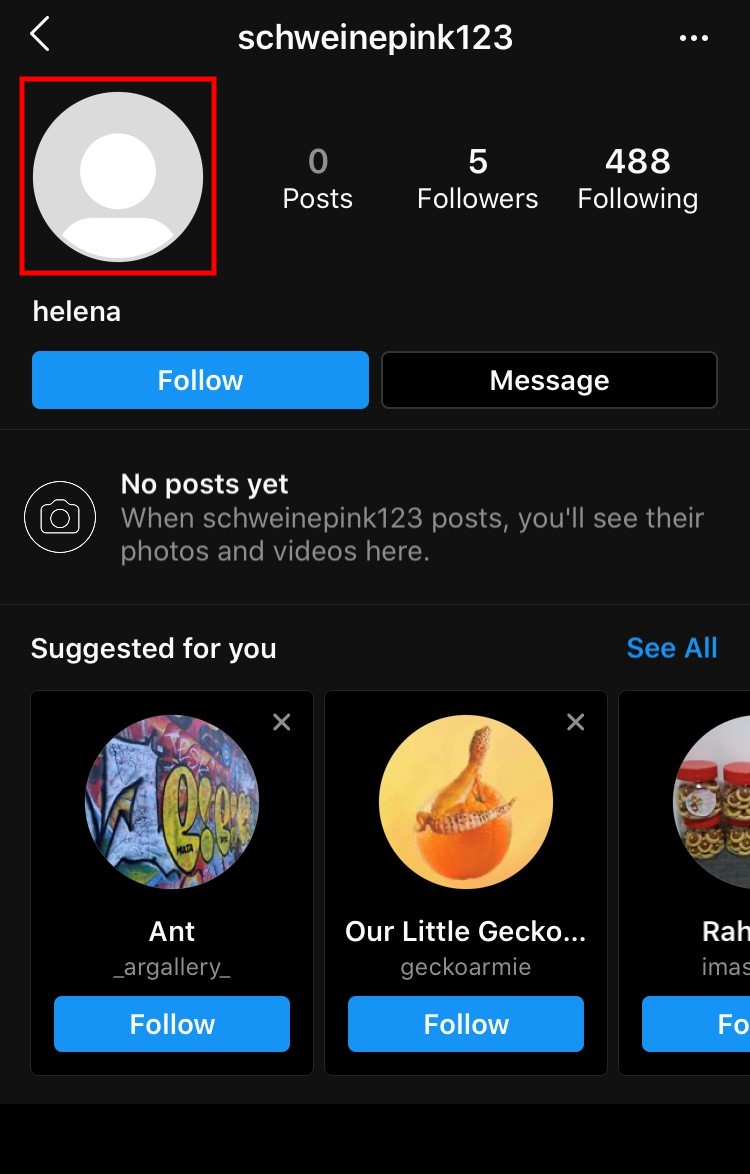
It is difficult to calculate the cheat rate from chats, but it is possible. Usually such comments are written for show, as if for decency. You know how children respond to granny's cards on Whatsapp, or how some employees comment on the boss's post. The text is impersonal, without details, there is no real interest and involvement.
Below is an example from a post that was dropped into the activity chat. Rate the text of the comments.
The texts are almost the same, they seem to be on the topic of the post, but they are written more for show, without real interest. For example: where to buy such a suit? oh what a suit! I want the same suit! Yes, real subscribers can write like this. Therefore, look through the comments on different posts, look for suspicious similarities and impersonalities. Below is another example from the chat: the comment text is very abstract and would fit almost any topic. It is clear that the author does not even bother with the text, if you see something like this under the posts, immediately beware.
Compare the number of reactions
It often happens that a blogger winds up one indicator and forgets about another. In this case, you can simply look at the post statistics to check Instagram* for cheating for free.
There are a lot more likes than comments
Look at the number of reactions on average. It is believed that there are about 2-3 times more likes than comments, and for large pages, the result is quite normal - 1 comment per 100 likes.
If there is nothing in the content that could cause a flurry of likes, but there are 4-5 times more likes than comments, this may be cheating. However, if you're analyzing impersonal ideation pages, this can be the case - they usually have a lot of likes and saves, but almost no comments.
The same number of reactions on different posts
It does not happen that the audience reacts to all posts in the same way. The number of reactions depends on many factors: the format of the post, the type of content, the length of the text, and so on. So scroll through the feed and look at the number of reactions on average. If plus or minus is the same everywhere, most likely, the blogger winds them up to the required amount.
The number of reactions depends on many factors: the format of the post, the type of content, the length of the text, and so on. So scroll through the feed and look at the number of reactions on average. If plus or minus is the same everywhere, most likely, the blogger winds them up to the required amount.
Below is an example of the author, whose statistics show how reactions to posts can vary: a successful rils scored 74 thousand likes, not soaring - 1,600 and 800 each, a post with a cake about important events received 4.5 thousand reactions.
Lina Terentyeva's blog statisticsEvaluate the engagement of subscribers
The level of engagement shows how actively subscribers react to the content: they click on the "Like" button, write comments, bookmark posts, click on stickers, put reactions in stories.
How to calculate the engagement rate: ER coefficient
You can estimate the level manually by looking at the post statistics. For example, if an influencer has 10,000 subscribers and posts get 50 reactions on average, then fraud is obvious - there are only bots and only a few real users in subscribers.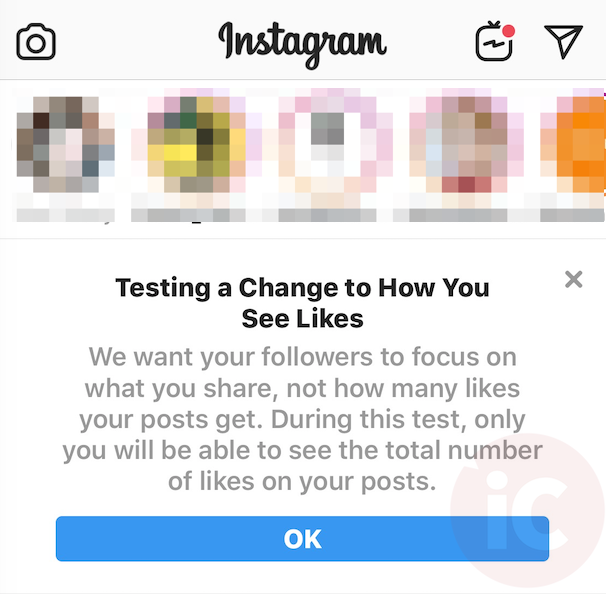
You can more accurately assess engagement through services that analyze the Engagement Rate or ER. This ratio shows how many reactions per post, on average, in relation to the total number of subscribers.
ER calculation formula: average number of reactions per post / number of followers × 100
You can view ER in special social network analysis services, for example, in DataFan. The service allows you to receive dynamic reports and analyze your own accounts on Instagram*, VKontakte, Facebook*, Odnoklassniki, as well as VK, myTarget, Facebook* Ads campaigns.
Read more about DataFan and other Instagram* account analysis services in the article “How to analyze an Instagram* account”.
What should be the ER
ER depends on the volume of the audience: the more subscribers, the lower the ratio. A small profile that is followed by friends and acquaintances will have a much higher number of reactions in relation to the number of subscribers than a millionaire blogger.
There are no exact criteria for ER, because a lot depends on the niche and content. Let's compare two accounts with the same number of subscribers: one has short and funny videos, and the other has expert content for learning English. Statistics will show that funny videos have more reactions than useful videos about English. Accordingly, ER will be different even with the same audience size.
Blogger analysts from trendHERO recommend focusing on the following indicators:
- ER less than 1% - very poor engagement, it is better not to consider buying ads;
- ER from 1 to 3.5% - the average level of engagement, especially if the audience is very large;
- ER from 3.6 to 6% - a high rate, more common among large and medium-sized bloggers;
- ER over 6% - a very high level, usually for medium and small accounts.
To clarify that these figures refer to the analysis of blogs, commercial accounts often have ER below 1%. A store or a dental clinic sometimes does not even have the task of engaging subscribers and increasing ER.
A store or a dental clinic sometimes does not even have the task of engaging subscribers and increasing ER.
We have already found out that all content cannot be equally interesting to the audience. This means that ER cannot always be the same either. Typically, the engagement rate for good authors ranges from 1 to 2%. If the ER schedule does not change or grows steadily, it looks like cheating.
Data from the DataFan service: normal account statistics - ER varies within 2%Also, ER can vary depending on the frequency of publications. For example, if earlier there were 2-3 posts per week, and then it became 7, then in comparison with the previous period, ER will decrease. This happens because the indicator directly depends on the number of publications.
In addition, big drops can be due to the lack of content these days, and if ER has fallen and is not increasing, most likely a shadowban. Outbursts occur when a hype topic is discussed or reactions are added.
View account statistics in dynamics
Now let's see how to check a blogger for promotion on Instagram* using analytics services. Services are needed because the social network does not show account statistics as openly as the number of likes and comments.
Reach and views
For active influencers who consistently keep stories and publish posts, reach and views stay at about the same level with little fluctuation. You can learn more about social media reach in our article What Makes Up Social Media Reach.
Data from the DataFan service: coverage and profile views are approximately the same, there are slight fluctuationsBut if there are sharp jumps and dips on the chart, this is suspicious. You need to check the content that was released these days. High jumps can mean:
- advertising promotion;
- hit in recommendations;
- announcement and results of giveaways, promotions and sweepstakes;
- artificially increased indicators.
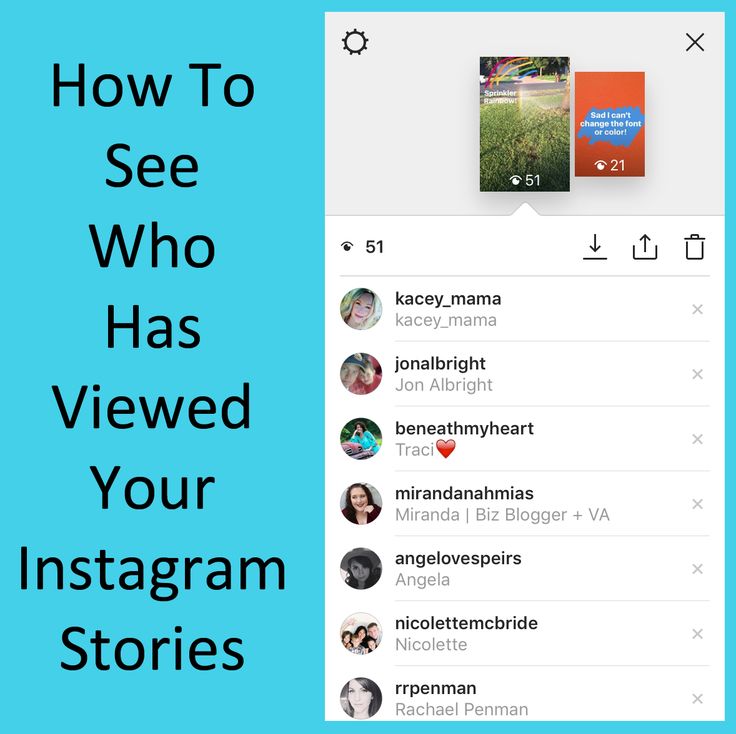
To understand whether there was a cheat, you need to look at the content that was released during the burst days: maybe there was a topic that was hype or important for the audience. Check the posts: what they wrote, who liked it, it looks like real involvement or cheating bots. You can also ask the blogger for story statistics.
Also look at the ratio of reactions and reach/views. If there are hundreds of thousands of views, and only tens of reactions, this can be a winding up of indicators. This is how novice scammers often pierce: they increase coverage, but forget about reactions.
It happens that a blogger announces a giveaway or a giveaway, so the post gets a frenzied reach and a lot of reactions. After the giveaway ends, the author removes the description text, and the post looks unremarkable. However, if you go into the comments, you can find a lot of interesting things.
Sergey launched the draw and deleted the description text after completion, but the comments remainedSubscriptions and subscribers
When analyzing subscriptions, you need to look at the chart: if it grows smoothly upwards without sharp surges and falls, everything is in order. The blogger grows organically thanks to interesting content and engagement of subscribers.
The blogger grows organically thanks to interesting content and engagement of subscribers.
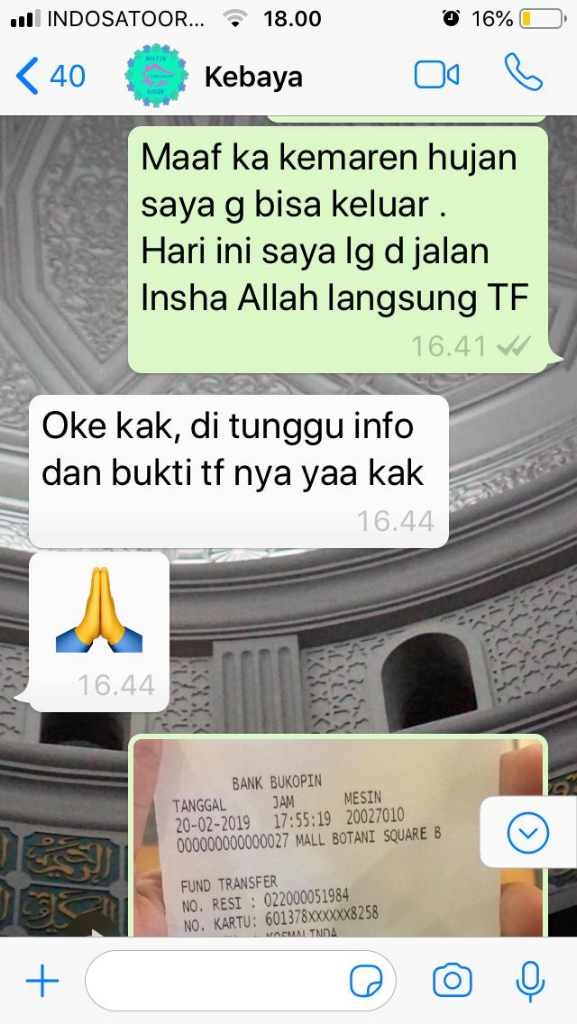 It is also possible that a VERY successful advertisement or getting into recommendations - users subscribed and stayed. But this happens extremely rarely, usually in this case the growth is smooth.
It is also possible that a VERY successful advertisement or getting into recommendations - users subscribed and stayed. But this happens extremely rarely, usually in this case the growth is smooth. Also worth a look outgoing subscriptions . If there are more of them than subscribers, the blogger uses mass following: he subscribes to the accounts of the target audience in the hope that users will notice him, go to the page and subscribe.
This process can be automated for little money, which is why many people are still doing it this way. However, it is dangerous to mass follow because Instagram* bans for such promotion methods.
Classic mass follower: there are many more subscriptions than subscribers When mass following is not visible, you can look at the statistics of outgoing subscriptions in the trendHERO service.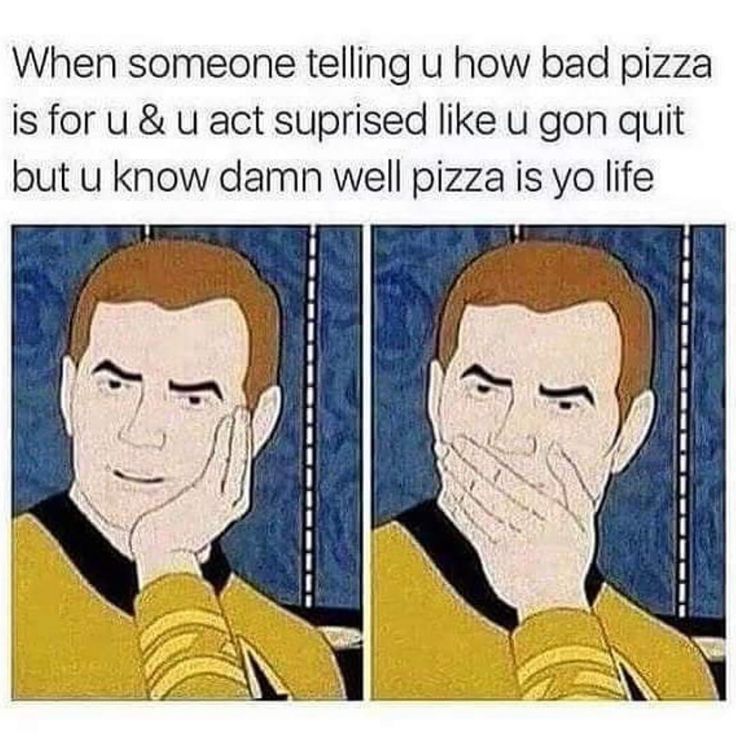 If the schedule is uneven and there are constant ups and downs, this is mass following. The account automatically subscribes to 50-100 users and unsubscribes after a while.
If the schedule is uneven and there are constant ups and downs, this is mass following. The account automatically subscribes to 50-100 users and unsubscribes after a while.
Audience data
If the page is in Russian, and the subscribers have accounts from Arab or Far Eastern countries, these are bots. But if you analyze the profile of a model or celebrity that is popular in these countries, then everything can be.
It's normal if a Russian-speaking author has a lot of subscribers from the CIS, but it's strange when most of the audience is from countries where they don't speak much Russian. However, if you are analyzing the profile of a polyglot who blogs in several languages, then the statistics should be just that.
Data from the DataFan service: statistics of a Russian-speaking author who has a suspiciously large number of subscribers from Asia You can also compare the statistics of the audience that puts reactions with the statistics of subscribers. If the subscribers are mainly from Russia, but the likes are from the Arab countries, the likes are boosted.
If the subscribers are mainly from Russia, but the likes are from the Arab countries, the likes are boosted.
The speed of collecting likes
Usually, likes are gradually gained in the first three days: the first 6–8 hours is a smooth and basic set of reactions, and the rest of the time the speed decreases. If in the first few hours the post gains 10 thousand likes, and then 500-1000 likes - cheating.
If a post after a day begins to sharply gain reactions - cheating. Even if the post was recommended, reposted by a very large account, or had an ad, the set of reactions should be gradual.
Well, the most obvious sign of fraud - over time, likes become less. If you see this, it means that the Instagram* algorithm has recognized fraud and cancels the actions of bots.
You can check the speed of getting likes through the trendHERO service or for free: wait for a new post and check the number of reactions every 2-3 hours.
Let's summarize: how to check a page on Instagram* for cheating
It is important to understand that all metrics need to be evaluated in relation to each other, taking into account the niche, content and audience. As we have already found out, what looks like cheating for one blogger is normal for another.
As we have already found out, what looks like cheating for one blogger is normal for another.
But there are obvious markers of cheating and gray methods of promotion:
- there are many empty profiles among the audience with a strange set of characters in the nickname;
- many comments with emoji or abstract expressions: nice, nice, have a nice day everyone, interesting thought, great;
- many outgoing subscriptions, often there are even more subscriptions than subscribers;
- views and reach are much more than reactions;
- reactions are very few in relation to the number of subscribers;
- involvement (ER) less than 1%;
- content is in Russian, and the audience is not from Russian-speaking countries.
Be vigilant when buying advertising, and good payback!
How to see other people's likes on Instagram?
Until recently, the information about the user's likes was open, and everyone, if desired, watched the entries marked with a heart.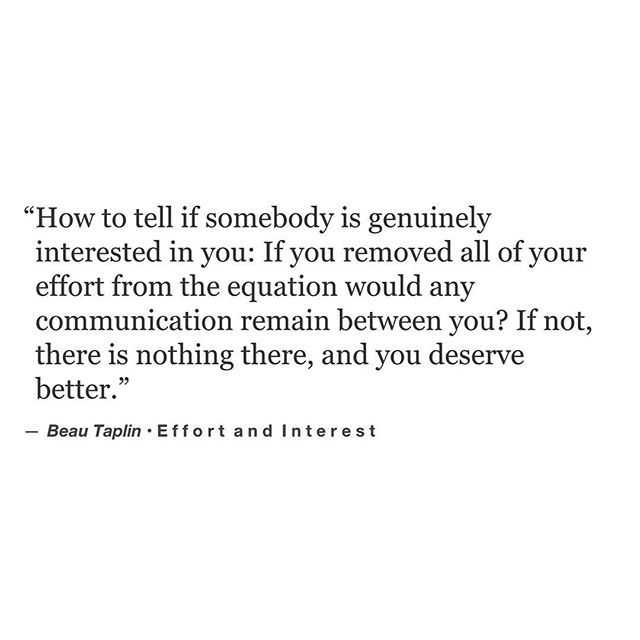 But now Instagram has made likes anonymous, and it is very difficult to find posts that a person likes. But probably. Now we will tell you how to do it.
But now Instagram has made likes anonymous, and it is very difficult to find posts that a person likes. But probably. Now we will tell you how to do it.
How to find out who an account likes
Previously, two steps were enough to view likes: go to the notification and open the “Subscriptions” tab. In this feed, you could see all the updates of the people you follow, including likes, comments, and subscriptions. But in 2019, this option was abandoned, as it was unpopular and violated personal boundaries. Not only those who actively used the tab for personal purposes, but also commercial accounts were hit. A handy tool for competitor analytics right in the app.
But even now there are several possible ways to track user likes: by acting through subscriptions, through the profile of the right person, or through special services.
Through subscriptions
Likes cannot be called completely anonymous. Instagram regularly adds posts to your feed that have been rated by friends.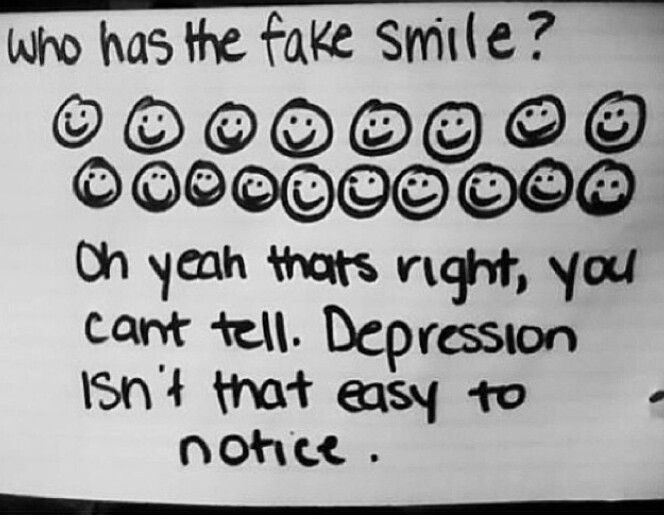 And in the line of those who have appreciated the publications, the usernames of the people you follow are highlighted separately from the rest. This allows especially curious individuals to conduct a kind of investigation by going through all the user's subscriptions and looking at the posts that he liked.
And in the line of those who have appreciated the publications, the usernames of the people you follow are highlighted separately from the rest. This allows especially curious individuals to conduct a kind of investigation by going through all the user's subscriptions and looking at the posts that he liked.
However, this will take a long time and is not reliable. After all, if a person is hiding something, he is unlikely to behave so obviously. But there are two more options.
Through a person's account
If you want to see the likes of a partner, a child or another person who is sitting next to you, ask to borrow a phone and go to Instagram from his page. Next, go to your profile, open settings, select "Account" and "Posts you like". Done, in front of you are all the posts that the user has rated. The difficulty is to get a person's phone, because now more and more people do not let go of it.
If this option also does not suit you, like the first one, then only one remains.
Through the services
There were craftsmen who bypassed Instagram restrictions and returned the old function of tracking other users' news. And we will definitely share their work with you.
Follower Tracker IG
Follower for Instagram that allows you to follow selected people. This application can be found and downloaded on Google Play or the AppStore. To work, you only need the username of the desired user - after you enter it after registration, the application will start tracking all activity.
In addition, there are many more useful functions. For example, with its help you will find out who did not follow you back and who unsubscribed. This makes it much easier to track the relevance of content to your audience! And you will also see which of the subscribers is the most active.
Unfortunately, to use the full functionality of the application, you will need to pay a paid subscription. But even with the free plan, some tools are available.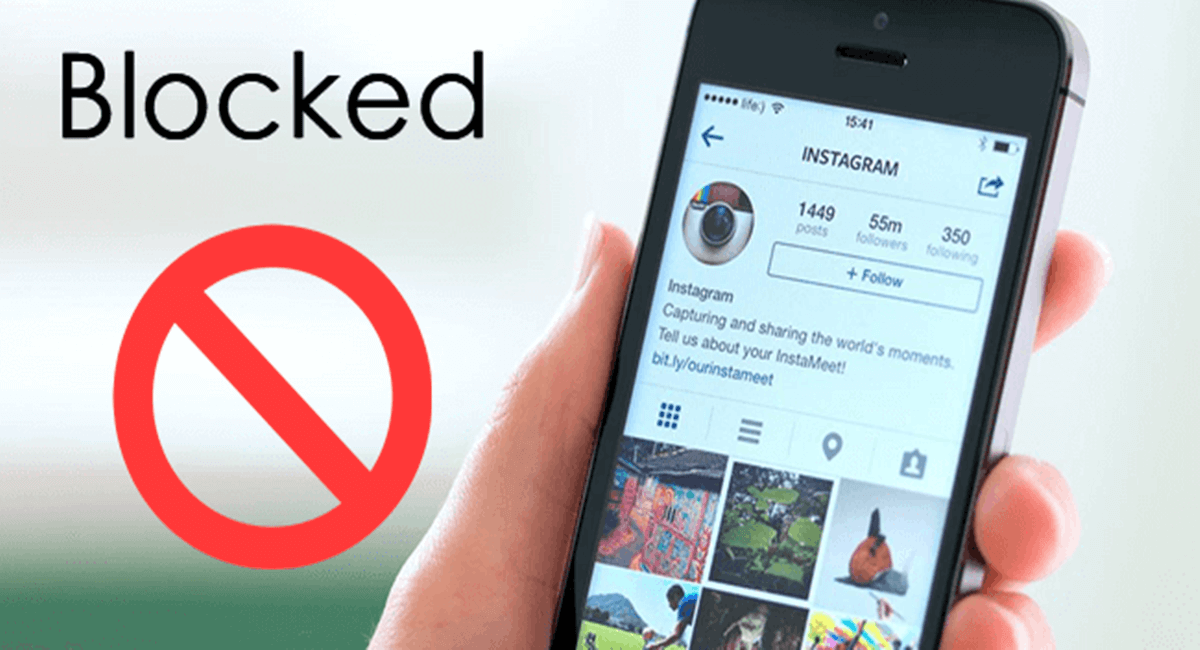 For example, anonymous viewing of stories.
For example, anonymous viewing of stories.
Instaspy
This service allows you to follow the activities of selected users without wasting time. Everything is very fast and convenient: select the user you want to follow and enjoy how Instaspy collects information about them, displaying everything in a common feed. Unfortunately, previously performed actions will not be displayed in it, but all future actions will be recorded.
The functionality here is even wider than Instagram offered earlier: you not only immediately see who was liked by the user you are interested in, but also the likes coming from other accounts. The same with comments. You don't even have to open Instagram.
Registration is required to use the service. The subscription is paid, but there is a trial period during which you can try all the functionality. It is suitable for both business and personal users.
Storistalker
This service not only provides an opportunity to watch stories anonymously, but also notifies the user of interest about new activity. Likes, comments, new and old stories, subscriptions and unsubscribes - all this can be observed even without a subscription to a person. Deleted posts and comments will be saved and available for viewing at any time. And registration or login to Instagram is not required.
Likes, comments, new and old stories, subscriptions and unsubscribes - all this can be observed even without a subscription to a person. Deleted posts and comments will be saved and available for viewing at any time. And registration or login to Instagram is not required.
Unfortunately, you can only watch stories and profiles anonymously for free. Everything else requires a paid subscription.
It is impossible to see all the likes of another user without a phone or a third-party service, we found out. Even in order for the user to see the username next to the likes on the posts he likes, he must be subscribed to you. No one else will ever see the rated posts.
But if this fact is not enough for you, and you want to protect yourself from sin away, then there are several more ways to get rid of unnecessary attention.
Create another account
The easiest way to hide likes from everyone you don't like is to create a new fake page that only trusted people will know about.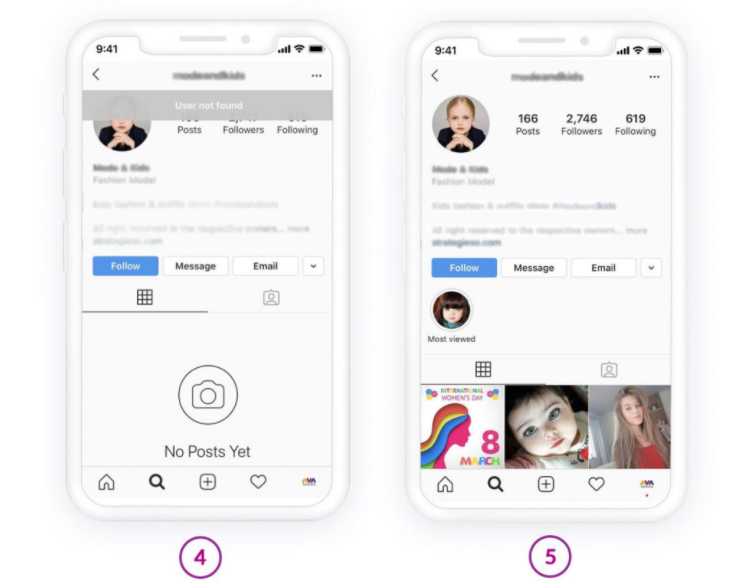 This will provide complete freedom of action. You don’t have to be afraid that someone will use tricky tricks and get into your favorite publications. This technique is very popular among media people, for whom every like is tantamount to free advertising.
This will provide complete freedom of action. You don’t have to be afraid that someone will use tricky tricks and get into your favorite publications. This technique is very popular among media people, for whom every like is tantamount to free advertising.
But the option is not for everyone, because you need to have a free number to which no Instagram account has yet been linked.
Close profile
The most secure account is the private account. It will take more effort to find new subscribers, but you are guaranteed to get rid of unpleasant or suspicious personalities. Having a private account allows you to quickly filter who you want to reveal information about yourself to, including posts and stories. And even for special services it will be difficult to pass such protection.
To close your account, go to settings and select the "Privacy and Security" button. Among the options that open will be “Closed account” - toggle it to activate. After that, it will not be so easy to subscribe to you: everyone who wants to get access to the profile will have to wait for permission.
Block a user
If you want to avoid excessive curiosity from one particular person, then it is enough to simply block it. To do this, go to the profile of the person you need, click on the ellipsis in the upper right corner of the screen and select "Block user". Now he will not only not see the likes, but he will not be able to go to the profile either. True, there are always workarounds if desired. For example, a person can also create a fake account from which he will watch updates.
Video review
With this review, you will learn how to watch other people's likes.
To summarize
Today, seeing other people's likes on Instagram has become much more difficult than it used to be. For some, this is only a joy, because showing all your activity to subscribers is really a little uncomfortable. Well, for some, this is a reason to find other ways: rummage through subscriptions, climb in someone else's phone, or connect a service for monitoring users.